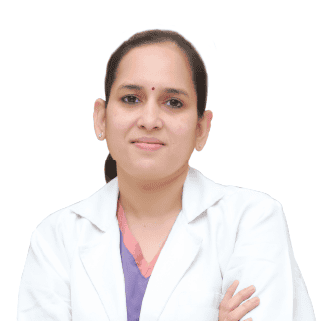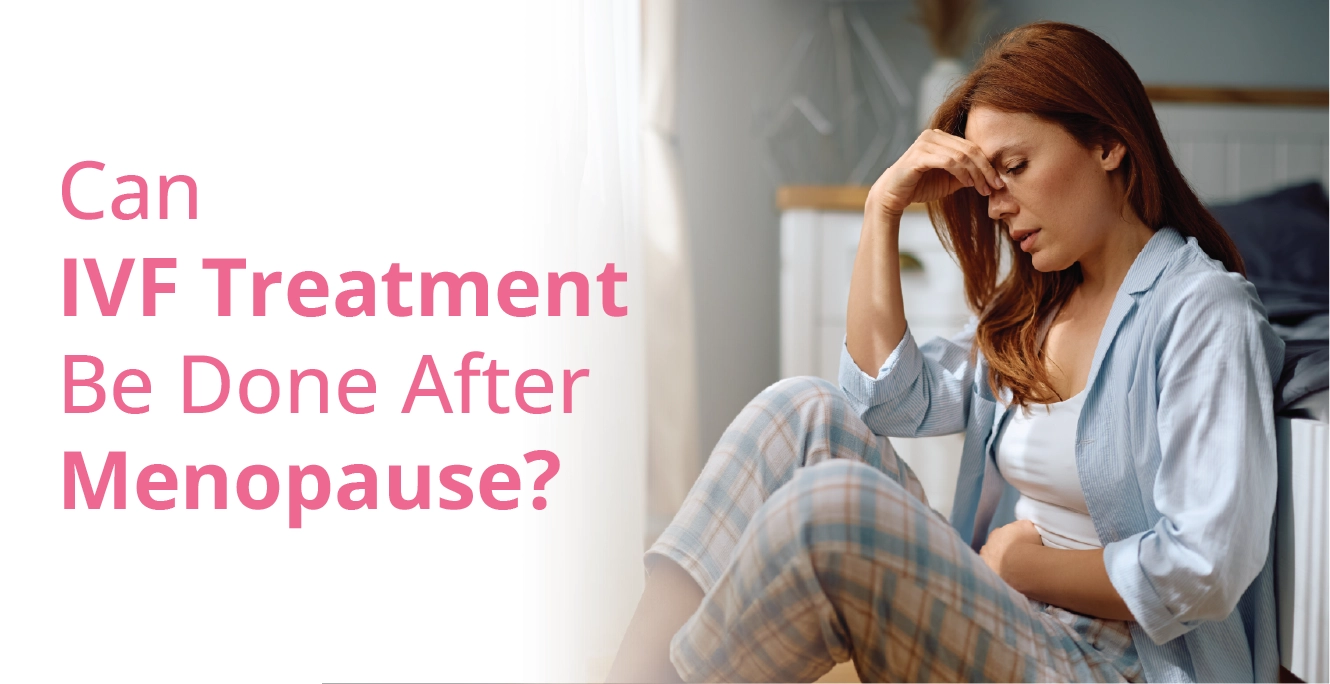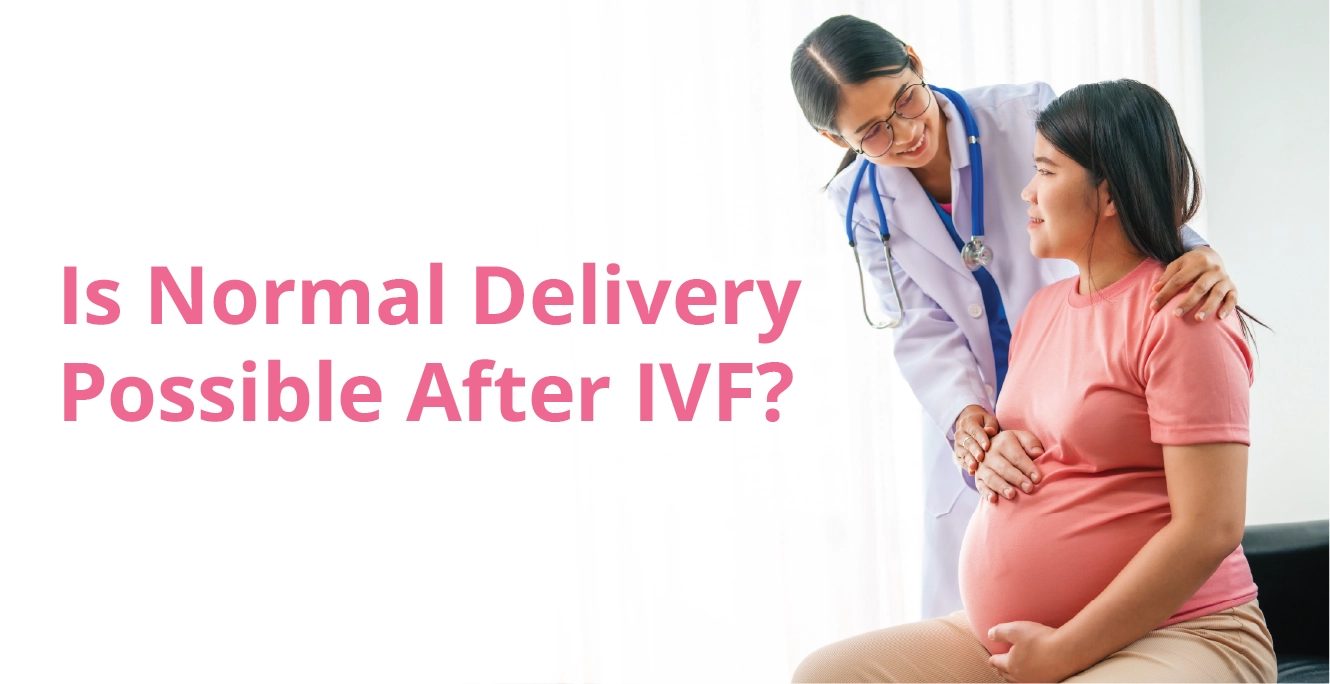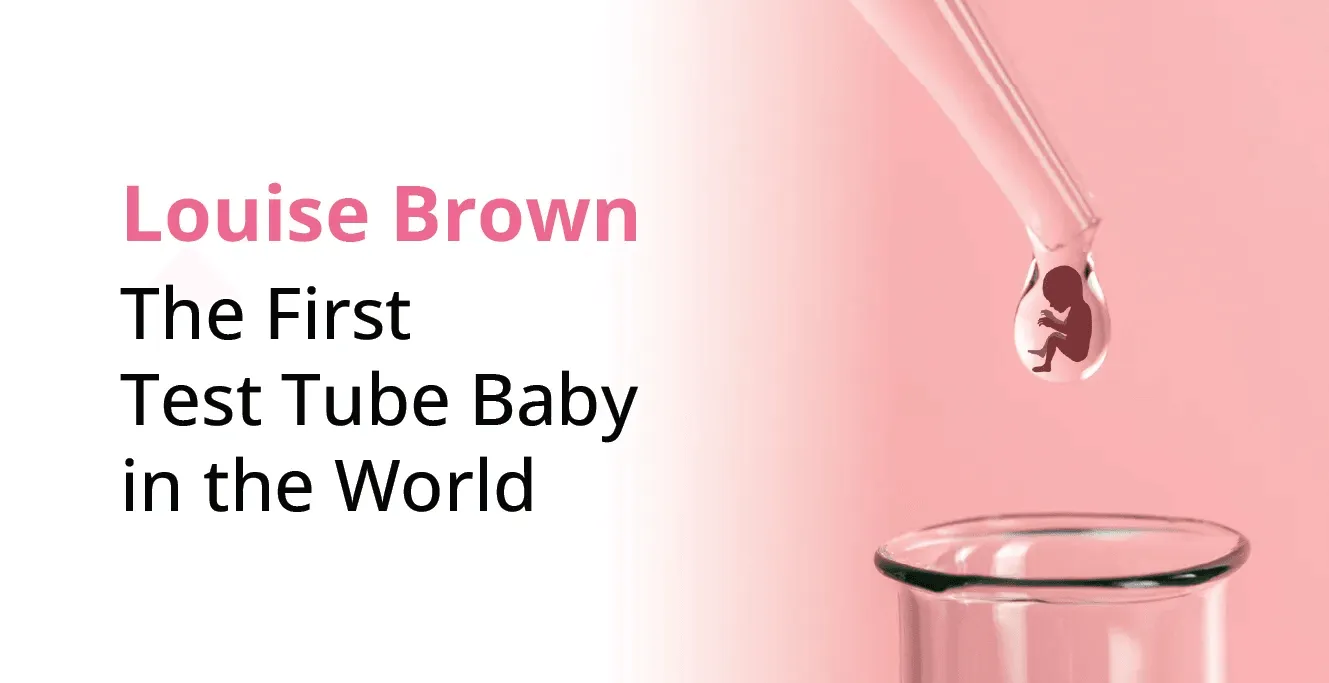
What Is Ovarian Stimulation?

Table of Contents
- What is Ovarian Stimulation?
- How Ovarian Stimulation Works?
- Which Treatments Require Ovarian stimulation?
- Role of Ovarian Stimulation in IVF Treatment
- Can Ovarian Stimulation Happen Naturally?
- Are There Any Side Effects of Ovarian Stimulation?
- How Long is the Process of Ovarian Stimulation?
- 5 Tips to Follow During Ovarian Stimulation
- Takeaway
Ovarian stimulation is the initial stage of fertility treatments such as IVF (In Vitro Fertilisation). This procedure plays a vital role in improving the chances of a successful pregnancy by helping the ovaries produce multiple eggs in one cycle. If you have heard about ovarian stimulation from your fertility specialist and are wondering what it involves, this article explains it in simple terms. Let’s understand how it works, when it is used, its relevance in fertility treatments, and if there are any possible side effects.
What is Ovarian Stimulation?
The ovaries release only one mature egg every month in a normal menstrual cycle. However, this is not the case with assisted reproductive treatments (ART) like IVF, which require multiple eggs to increase the chances of successful fertilisation. Ovarian stimulation is the process of boosting the ovaries to produce more than one egg by using certain hormonal medicines. Your fertility specialist will administer these medicines, considering your unique hormonal profile and age. The aim is to achieve an optimum number of eggs for a good IVF outcome, without overstimulating the ovaries.
How Ovarian Stimulation Works?
Ovarian stimulation involves certain hormonal injections along with regular ultrasound scans to increase the body’s natural reproductive hormones, i.e. follicle-stimulating hormone (FSH) and luteinising hormone (LH). The procedure involves the following steps:
- Health Assessment: Medical evaluation is important to create the best treatment plan for you. Blood tests are done to check the levels of FSH, LH, AMH, and estradiol. Transvaginal ultrasound (TVS) is used to analyse the ovaries and count antral follicles.
- Stimulation Phase: It usually starts on day 2 or 3 of your menstrual cycle with administration of hormonal injections. FSH (Follicle-Stimulating Hormone) is given to boost the growth of follicles. LH (Luteinising Hormone) is for supporting the maturation of follicles. Gonadotropins are a combination of both FSH and LH to stimulate egg development. The dosage and duration of each medicine vary for each individual.
- Monitoring: Your fertility doctor will carefully track the progress to avoid overstimulation. Timely adjustment of medicines can be made if required. Transvaginal ultrasound scans are important to measure follicle size and number. Blood tests are done to track estradiol levels, which are a key indicator of your ovaries’ response.
- Trigger Injection: Human chorionic gonadotropin (hCG) or a similar hormone is usually administered once follicles reach the desired size (usually 18–20 mm). The trigger injection helps the eggs mature fully and prepares them for retrieval. Egg retrieval is usually scheduled 34–36 hours after the trigger injection.
- Egg Retrieval: The final step of this process is egg collection. It is a small outpatient procedure where mature eggs are retrieved from the ovaries under mild sedation. These eggs are then fertilised in the embryology lab.
Which Treatments Require Ovarian stimulation?
Ovarian stimulation is used in various fertility treatments, and not just IVF. Here are the different techniques, of which stimulation is a key part.
-
In Vitro Fertilisation (IVF)
IVF is the most popular and advanced fertility treatment where ovarian stimulation is required. Multiple eggs improve the chances of creating viable embryos and selecting the best one for transfer.
-
Intrauterine Insemination (IUI)
Mild ovarian stimulation may be used to make sure that at least one or two mature eggs are available for fertilisation during IUI treatment.
-
Egg Freezing
Egg freezing is a fertility preservation option for women who wish to preserve their eggs for future use. Stimulation helps collect multiple eggs in one cycle for better success rates during thawing and fertilisation later when required.
-
Donor Egg Programmes
In egg donation, ovarian stimulation helps the donor produce multiple eggs that can be retrieved and used for recipients undergoing IVF.
Role of Ovarian Stimulation in IVF Treatment
Ovarian stimulation is one of the earliest and most important stages in the IVF process. Here is how it fits within the broader IVF journey.
- Medications are given to help the ovaries produce multiple eggs. This is known as ovarian stimulation which lays the foundation for further treatment.
- Mature eggs are collected from the ovaries which is known as egg retrieval process.
- The retrieved eggs are fertilised with partner’s sperm in a laboratory setting and the process is known as fertilisation.
- The fertilised eggs (embryos) are cultured for 3–5 days under observation and the healthiest embryo is transferred into the uterus. This stage is called embryo transfer.
- Human chorionic gonadotropin (hCG) blood test is performed about two weeks after transfer to confirm pregnancy.
Can Ovarian Stimulation Happen Naturally?
Adopting a healthy lifestyle and dietary measures that support reproductive health and hormonal balance can help with ovarian stimulation naturally. Women looking to improve their ovarian response naturally can consider the following tips.
- Maintain a balanced diet rich in omega-3 fatty acids, antioxidants, and proteins.
- Manage stress through yoga, meditation, or counselling.
- Get adequate sleep and maintain a healthy body weight.
- Avoid smoking and excessive alcohol consumption.
However, these measures support natural ovulation and overall reproductive health; they cannot replace medical stimulation in IVF treatment.
Are There Any Side Effects of Ovarian Stimulation?
Ovarian stimulation is generally safe, but it may cause temporary side effects due to hormonal changes, which usually subside after the egg retrieval stage.
| Side-effect | Impact |
| Physical Symptoms | These may include:
|
| Bleeding |
|
| Ovarian Hyperstimulation Syndrome (OHSS) |
|
| Emotional Impact |
|
Note: Modern IVF protocols have significantly reduced the risk of OHSS or other serious complications through careful monitoring and adjusted medication dosages.
How Long is the Process of Ovarian Stimulation?
The stimulation phase normally takes 8 to 14 days, but it depends on your ovaries’ response to the medication. Some women may require a few extra days, while others may respond more quickly. Your fertility specialist will keep track of your response through scans and blood tests. This is important to ensure the timing is right for the trigger injection and egg retrieval.
5 Tips to Follow During Ovarian Stimulation
The process is simple, though a few tips that can support your treatment.
- Follow your medication schedule carefully. Do not miss the doses, as it can affect the treatment outcome.
- Attend all follow-up appointments. These ensure safe and effective progress.
- Staying hydrated and maintaining a balanced diet is important.
- Do not indulge in heavy workouts that could strain the ovaries.
- Communicate openly with your fertility team about any discomfort or side effects.
Takeaway
If you are wondering whether ovarian stimulation is safe for you or not, know that it is an essential step in fertility treatments that guides your body toward producing multiple healthy eggs for fertilisation. Although it involves hormonal medications and requires close monitoring, it is a well-established, safe, and effective procedure when supervised by experienced fertility specialists. Every woman’s body responds differently, so it is important to trust your doctor’s instructions and remain positive during the process.
Planning IVF or exploring fertility options? Speak to our fertility experts at Birla Fertility & IVF for a personalised approach that would suit your reproductive goals best.
Our Fertility Specialists
Related Blogs
To know more
Birla Fertility & IVF aims at transforming the future of fertility globally, through outstanding clinical outcomes, research, innovation and compassionate care.
Had an IVF Failure?
Talk to our fertility experts

 Our Centers
Our Centers












